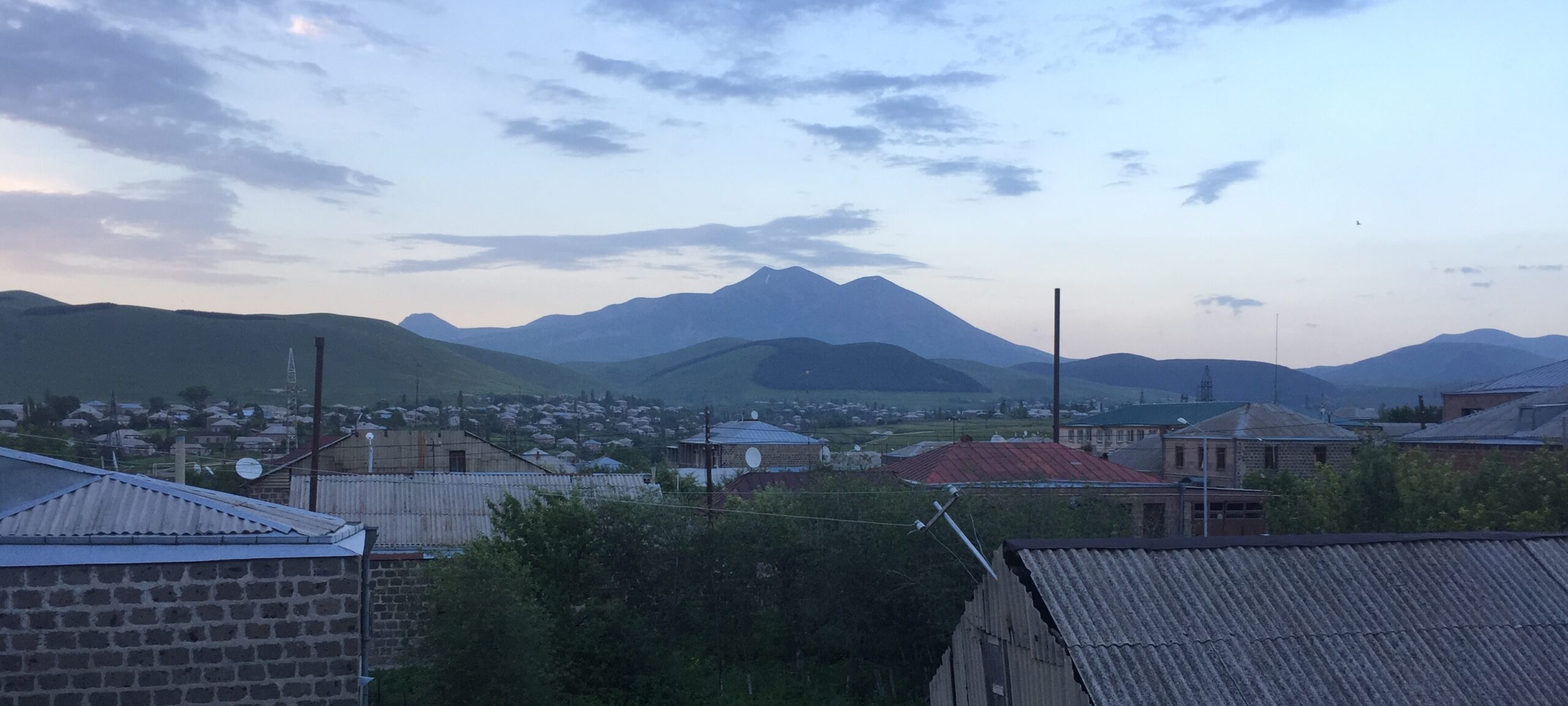My research explores a constructivist approach to morphology whereby individual morphemes are considered to be the syntactic primitives driving structure building and whose phonological reflexes are later assembled into words.
As a consequence, such an approach involves modeling morphological phenomena at the interfaces: how morphemes are interpreted (morphosemantics) and how they are pronounced (morphophonology).
The empirical base for my research comes from the genetically diverse languages of the South Caucasus: Indo-European (Armenian, Talysh), NE Caucasian (Dargwa, Tsaxur, Udi), S Caucasian (Georgian) and Turkic (Azeri, Turkish).[/vc_column_text][/vc_column][/vc_row]
INTERMEDIATE DOMAINS WITHIN THE M-WORD
The Indicative verb marker in Modern Armenian displays a seemingly simple allomorphic pattern, but defining it in precise terms within a realizational framework such as DM turns out to be a fairly complex task. We propose that the irregular allomorph of the Indicative marker is sensitive to a particular prosodic template within an intermediate structural domain within the M-word, namely, the maximal 0-projection of Voice.
Output:
- Bezrukov, Nikita and Dolatian, Hossep (2023) “Stuck with stems: Domains in phonologically-conditioned allomorphy in Armenian verbs,” Poster presented at PLC 47, University of Pennsylvania, March 19, 2023. [Available at: Dropbox]
MOBILE AFFIXATION IN ARMENIAN VERBS
Mobile affixation is a typologically rare and theoretically interesting morphological phenomenon. In this project, I zoom in on the distribution of various mobile markers in Armenian to dissect various factors (syntax, morphology, phonology) affecting it.
Output:
- Bezrukov, Nikita (2023) “On the timing and mechanics of multiple exponence: Evidence from Armenian verbs,” Talk presented at PLC 47, University of Pennsylvania, March 19, 2023. [Available at: Dropbox]
- Bezrukov, Nikita and Dolatian, Hossep (2020) “Mobile Affixes Across Western Armenian: Conflicts Across Modules,” University of Pennsylvania Working Papers in Linguistics: Vol. 26 : Iss. 1 , Article 6. [Available at: UPenn, Google Drive.]
MORPHOLOGICAL HAPLOLOGY IN ARMENIAN
Morphological haplology involves deleting/silencing a morpheme in a sequence of two or more identical morphemes. This project looks at possessive plural marking patterns across Modern Armenian to see whether morphological haplology can occur at different stages of the derivation.
Output:
- Bezrukov, Nikita (2021) “Possessive plural marking in Eastern Armenian: Setting the Research Question and a Theoretical Description” (in Russian), ICAL 11 Proceedings, Armianskiy gumanitarnyi vestnik [Bulletin of Armenian Studies], Vol. 7: Iss. 1. [Available at: Google Drive]
